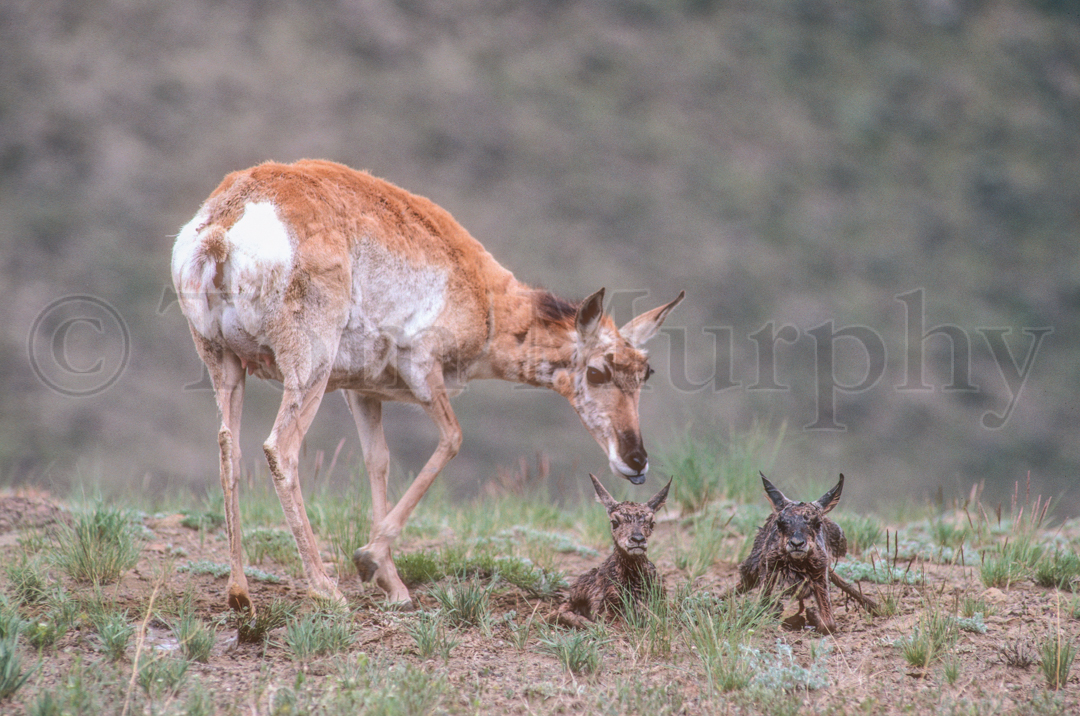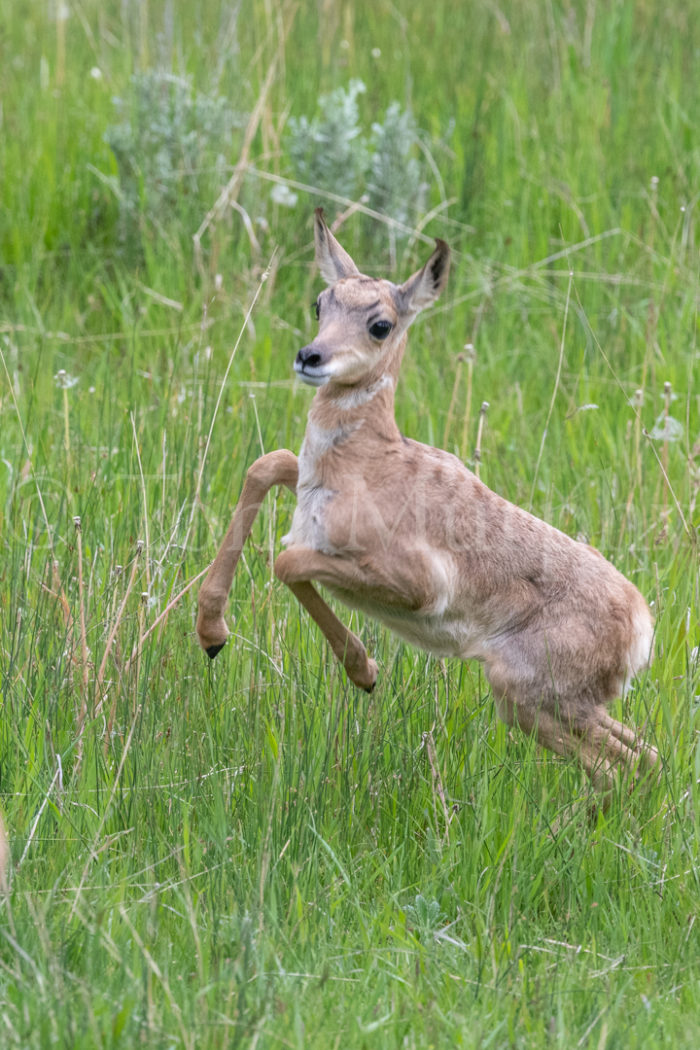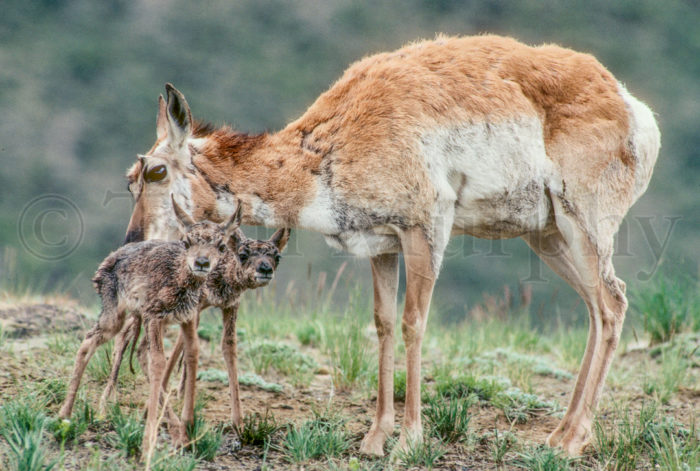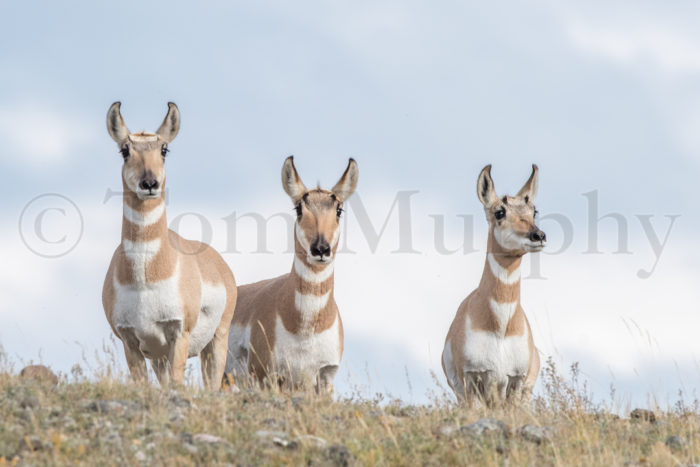Description
They were born about 5 minutes apart and looked identical. While the second one was still trying to learn how to breathe, the first one was shivering with the effort to control all those tiny muscles. It shivered and raised its little butt slightly up off the ground, then dropped flat. Next, it tried to extend its front legs, which caused it to twist sideways and tip over on its side. It raised its rear end nearly all the way up, but this did not coordinate with any motion on its front end, and it flopped over in the dirt again. Finally, it got its hind legs standing and its front end on its knees, then the rear end wobbled back and forth and it fell down. Each time it tried something, it seemed to learn what worked and cumulatively all the right actions added up to the ability to stand. When it did stand on all four legs for the first time, it took every bit of its concentration and strength. Waves of trembling went through it, and it fell down again. For the next couple of minutes it practiced standing up; each time it got up more quickly than the last. Its most stable posture was when its legs were sprawled out. Now that it could stand reasonably well, it wanted to walk. The first time it picked up one front foot to move, it tipped over in that direction just as if it had fallen into a hole. The next time it picked up the same foot, but leaned back away from falling in that hole again, which caused it to tumble backwards the other way. As it wobbled and tried to learn how to operate its four legs, it pitched over backwards, or tipped onto its nose. It picked up one foot and raised it way too high to take a step so that the other three legs collapsed. The second fawn by now had learned to stand and was trying to learn to walk in the right direction; actually, any direction would have done if it could have just stayed upright.One of my impulses was to go over and hold the little guys so they wouldn’t fall down all the time and hurt themselves, but I knew that creatures have been going through this process for millions of years without my help, so any interference from me was undoubtedly not necessary.At last, they were able to coordinate their legs and stay on their feet for more than 15 seconds at a time. One was able to skitter sideways for two or three feet and stay upright, and I could see a little more confidence and less trembling. For a while, they didn’t know which direction their little bodies would go. It could be forward, backward, sideways like a crab, or headfirst into the cactus. When they finally had a little control over their direction of travel, they started trying to walk to their mom. Staggering toward her, they stood a foot away from her and tried to reach out and nurse. They would go off balance and fall on their faces. When they stood up again, they usually faced the wrong direction and fell down trying to turn around. They would start toward her, take four quick, wobbly steps, crash into her, and fall down. A dozen times each got just the right distance from her, but tried to nurse her neck or her knee. The drive to stand up, to walk, and then to nurse consumed all their energy and attention. The mother stood patiently as they moved all around her trying to find her milk. When they finally stood in the right place, nuzzled around her bag and got hold of a nipple, they nursed for only about 20 seconds. That little bit of nourishment satisfied and completed their first elemental drive to live.They wandered in a small area around their mother in curious amazement, not seeming to be able to see or hear well. Because the world was new to them, every sight, sound, and smell was enticing and benign. The mother still had a lot to worry about, because the newborns were totally helpless and couldn’t even outrun a field mouse. She had chosen her birthing spot well. It had great visibility so she could watch for predators, and it was on a small level spot below the ridgeline, so a predator would have to get close before it could see the little fawns. She lay down to rest for the first time, about an hour and a half after the twins were born, obviously tired.
